BakeTips
Clever and useful tips for your kitchen.
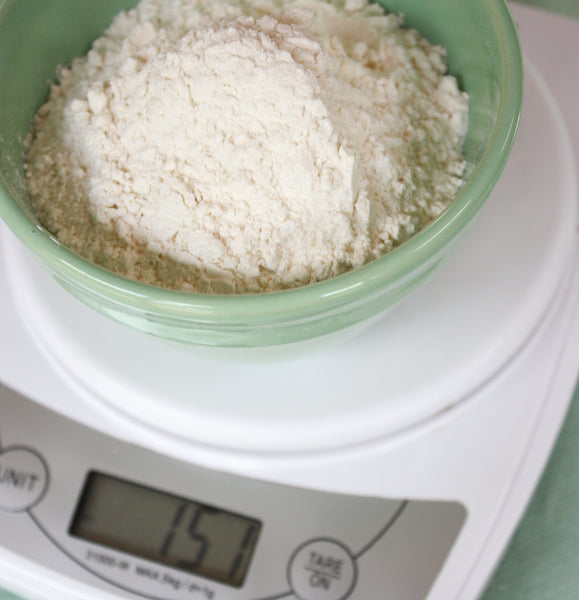
Not All Ingredients Weigh The Same
Remember when using your scales, generally no two ingredients weight the same. For example a cup of flour (150g/5½oz) doesn't weight the same as a cup of cocoa powder (105g/3¾oz), nor the same as a...
read more
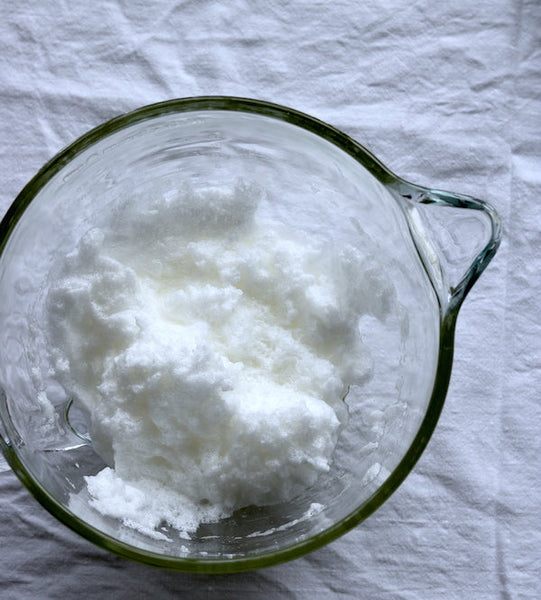
Over-Whisking Egg Whites
Over-whisked egg whites are easy to recognise – they become a lumpy, curdled-looking mess and ooze excess liquid. Yep, not pretty, and unfortunately once they reach this stage there is no way to fix them....
read more
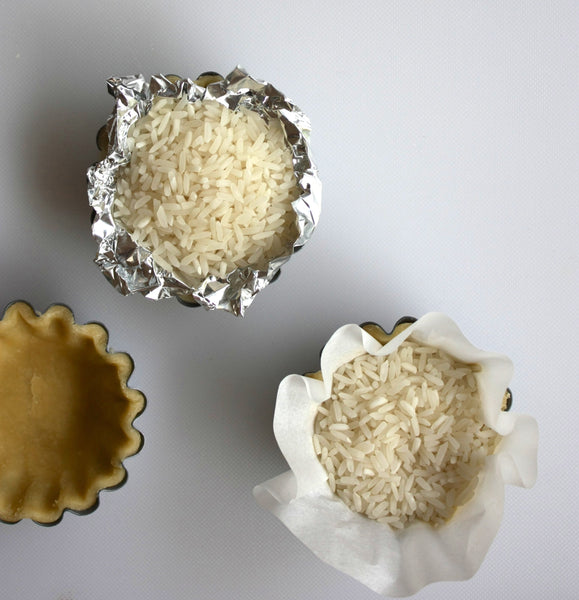
Blind Baking Small Tartlet Cases
Blind baking small tartlet cases can be a little tricky because of their size. Make sure you line them with foil or crumpled baking paper, rather than non-crumpled baking paper that can be a little...
read more

Room Temperature Eggs
In baking, eggs are generally best used at room temperature when they are easier to incorporate into mixtures. Also, if whisking, you can incorporate greater quantities of air if the eggs aren’t chilled – important...
read more

What Size Is Your Tablespoon Measure?
In Australia, the standard tablespoon measure holds 20ml (¾fl oz) or 4 teaspoons. However, in the US, UK and New Zealand a tablespoon holds 15mls (½fl oz) or 3 teaspoons. More often than not it...
read more

Puffed Choux
The difference between a well puffed choux pastry and one that falls flat on its face is often due to how quickly you add the eggs to your butter and flour mixture and the quantity...
read more

Cookie Cutters
A small selection of cutters are always good to have on hand to cut out cookies and biscuits, scones and pastry shapes. Choose those with a sharp edge to make cutting easy without dragging through...
read more
What is 'Real' Vanilla
The word ‘natural’ is the key when buying vanilla. Avoid ‘imitation’ essence or extracts, which aren’t made from real vanilla and don’t have the quality or intensity of flavour that the natural ones do. A...
read more
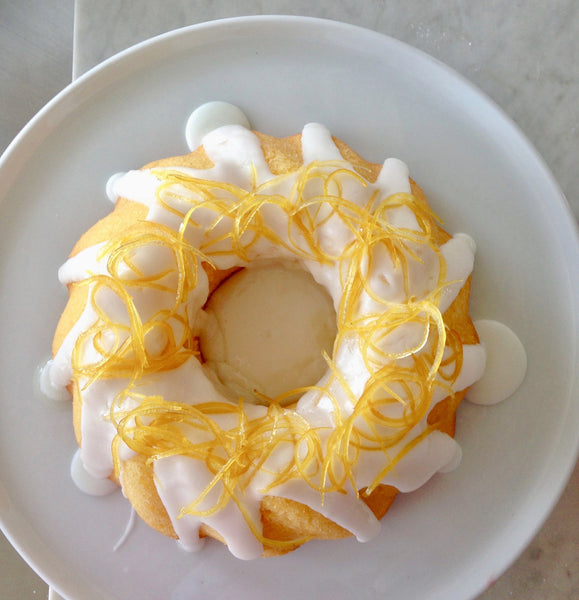
Candied Citrus Zest
Candied citrus zest or rind makes the perfect finishing touch to any cake. Firstly, use a vegetable peeler to remove the rind in wide strips from your citrus fruit (1 lemon/orange or 2 limes is...
read more

Making Chocolate Curls
Simple super to create, chocolate curls make an effective decoration for your cakes, cupcakes and tarts. A wide block of good-quality milk chocolate works best when making chocolate curls (milk chocolate is less brittle than...
read more
How Should a Creamed Butter and Sugar mixture look?
How a creamed butter and sugar mixture appears can vary enormously between recipes and depends greatly on 3 main things: How long you beat the ingredients for The type of sugar you use The proportion...
read more

Using Heatproof Bowls
Glass, ceramic and stainless steel are always my preference in the kitchen (they don’t hold grease or ordors like plastic ones do). But when it comes to using them as the top of a bain...
read more

Quick Sifting
Sifting flour or other ingredients such as cocoa or cornflour will be so much quicker and easier if you use a balloon whisk to 'stir' it through the sieve.
read more
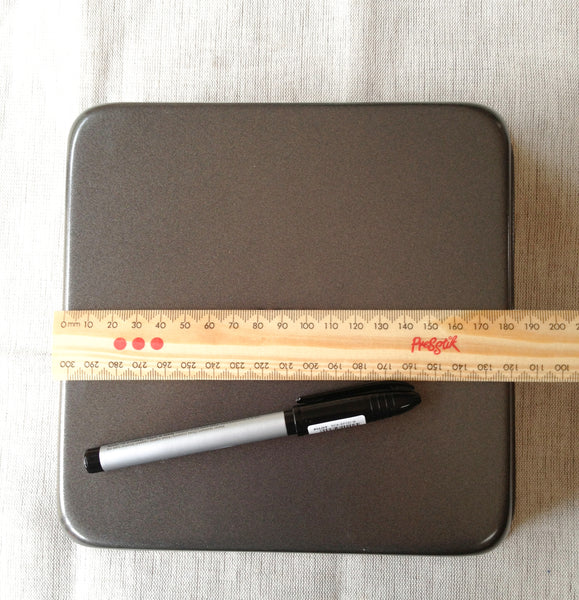
Measuring & Marking Tins
Make sure you always have the right size tin - measure them across the base and through the middle. Then use a permanent marker to note the size on the base so you can see...
read more

Gluten-Free Sprinkles
When choosing sprinkles to decorate cupcakes, biscuits and party cakes keep in mind that many of them contain wheat-based ingredients such as glucose syrup. If you need to use gluten-free sprinkles take a quick look...
read more
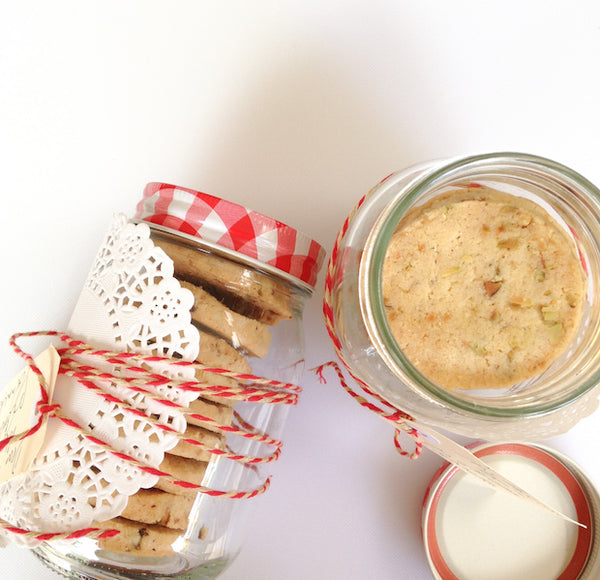
Clever Wrapping
More a BakeGiftTip than a BakeTip…There’s no better gift than one baked by you and inexpensive jars from the supermarket or two dollar shop make great airtight containers for your biscuits, biscotti and shortbread. An...
read more
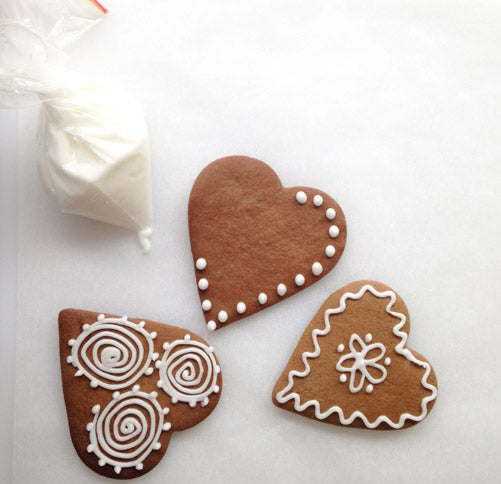
Easy Piping
When decorating your biscuits or other baked goodies with piped glace or royal icing don’t think you need a special piping bag – a resealable or ‘zip lock’ bag will do the trick. Simply spoon...
read more

How to Soften Butter Quickly
A lot of cake recipes ask for ‘softened’ or ‘room temperature’ butter. This is so the butter is soft enough that it can be easily and evenly combined with other ingredients and/or beaten to incorporate...
read more






